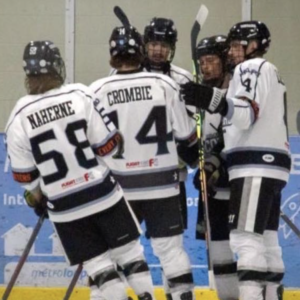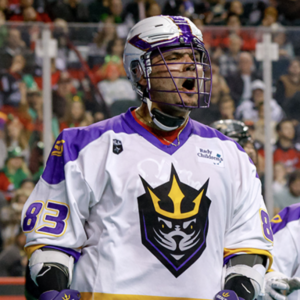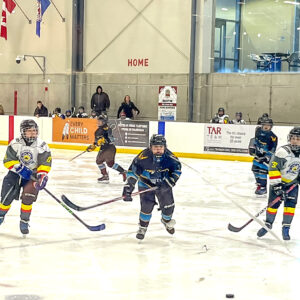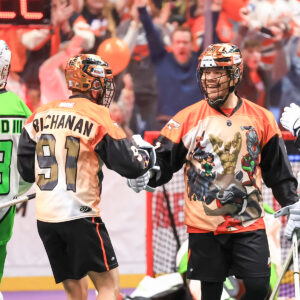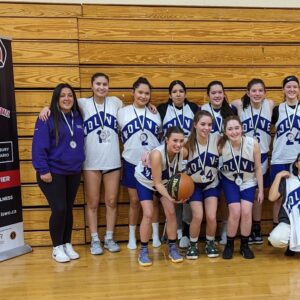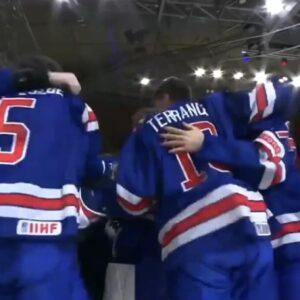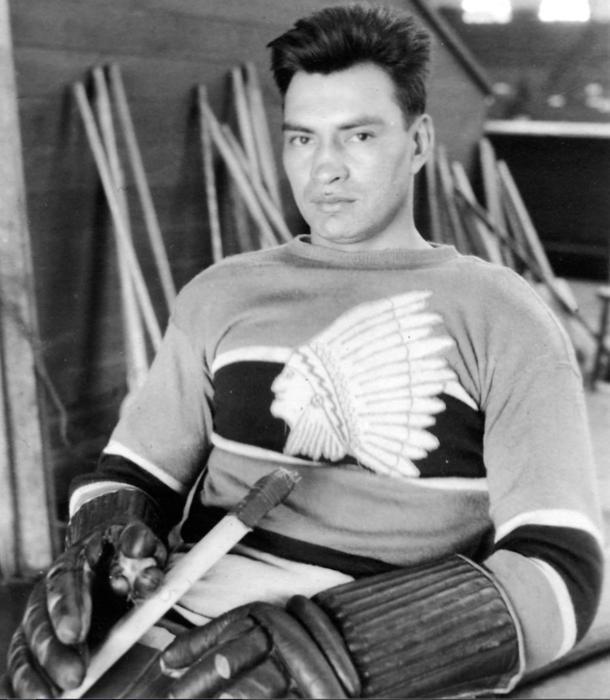
TORONTO — On December 7, a special ceremony held at the Hockey Hall of Fame in Toronto, took place to commemorate five hockey players with national historic designations.
Henry “Elmer” Maracle, Paul Jacobs, Larry Kwong, Fred Sasakamoose, and Willie O’Ree each broke racial barriers to reach hockey’s highest level.
On behalf of the Honourable Steven Guilbeault, Minister of Environment and Climate Change and Minister responsible for Parks Canada, Adam van Koeverden, Parliamentary Secretary to the Minister of Health and to the Minister of Sport and Member of Parliament for Milton, announced the designation of Breaking Racial Barriers in the National Hockey League (NHL) as an event of national historic significance under Parks Canada’s National Program of Historical Commemoration.
“Hockey is Canada – and the struggles players faced in the sport reflect the struggles of racialized and Indigenous communities in Canadian society at the time and which too often continue today. During and after their careers, Paul Jacobs, Henry “Elmer” Maracle, Larry Kwong, Fred Sasa-kamoose, and Willie O’Ree have exemplified leadership for their respective communities. They serve as examples for greater inclusion in the sport, and by recognizing the national historic significance of their achievement, we honour their skill, perseverance and power to inspire greater inclusivity in every corner of our diverse country,” said the Honourable Steven Guilbeault, Minister of Environment and Climate Change and Minister responsible for Parks Canada in a written press release.
The designation honours the achievements of the five hockey players including – Henry “Elmer” Maracle of Six Nations—who at different points broke through longstanding prejudice that pre-vented Indigenous, Chinese Canadian, Black, and other racialized players from playing in profes-sional hockey.
According to Hockey Wiki, Maracle, September 8, 1904 – June 20, 1958, also known as ‘Buddy,’ was a professional ice hockey left winger who played 15 games in the National Hockey League. A member of the Mohawk Nation, Maracle was the first full-blooded First Nations hockey player in the NHL.
He was called in from the Springfield Indians and suited up for the New York Rangers for the February 12, 1931 game versus the Detroit Falcons. On February 22, 1931, Maracle recorded his first points, a goal and an assist, as the Rangers defeated the Philadelphia Quakers 6-1. Maracle played the rest of the regular season, finishing with 1 goal and 3 assists, and had no points in 4 post season matches.
As can be guessed, national historic designations illustrate defining moments in Canada’s history and the diverse and complex stories that are shared. National historic designations are said to assist reflection upon how to build a thoughtful and inclusive society for present and future generations.
“While Canadians of all backgrounds played and enjoyed hockey, racial discrimination and prejudice existed in player development programs across Canada. Depending on where they were in Canada, some Indigenous, Chinese Canadian, Black and other racialized players instead played in separate leagues, on segregated teams like the Colored Hockey League of the Mari-times (CHL), founded in Halifax in 1895. Many Indigenous players learned the sport while forced to attend residential schools,” reads the press release from Parks Canada.
“When the NHL was formed in 1917, these separate and segregated programs did not feed into the NHL’s development system, limiting opportunities for players from racialized and Indigenous communities to play at the sport’s highest level and perpetuating the status quo. Jacobs, Maracle, Kwong, Sasakamoose, and O’Ree were five players who each broke through racial barriers in their career, ultimately reaching hockey’s premier league during the NHL’s early decades and be-yond. Their stories expose the fight against racism and prejudice in hockey and in Canada. During and after their careers, these players inspired generations of players who followed in their steps.”



